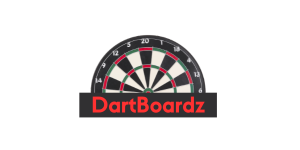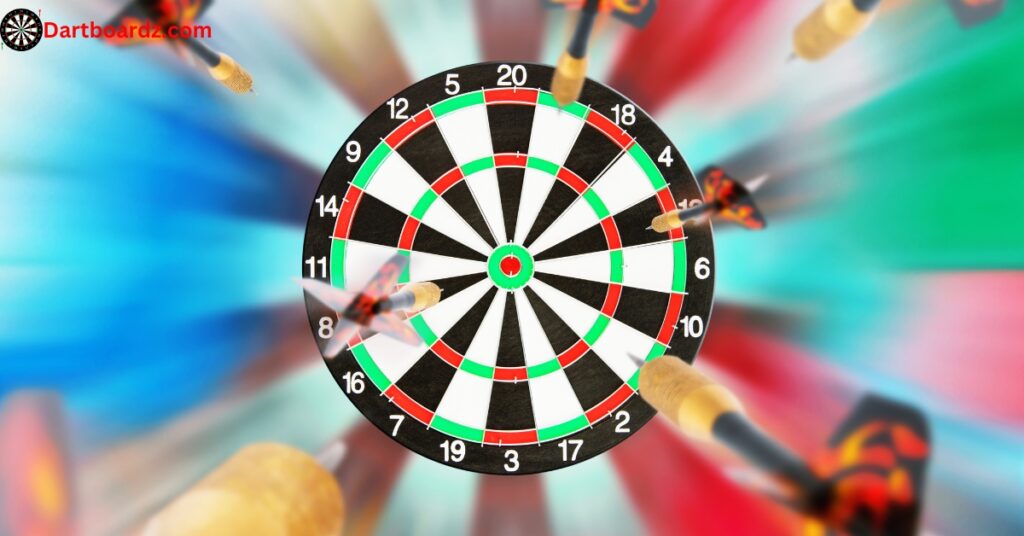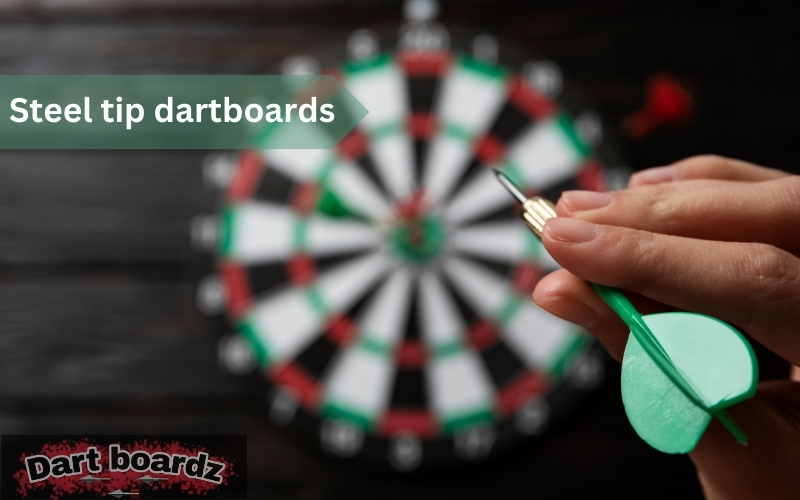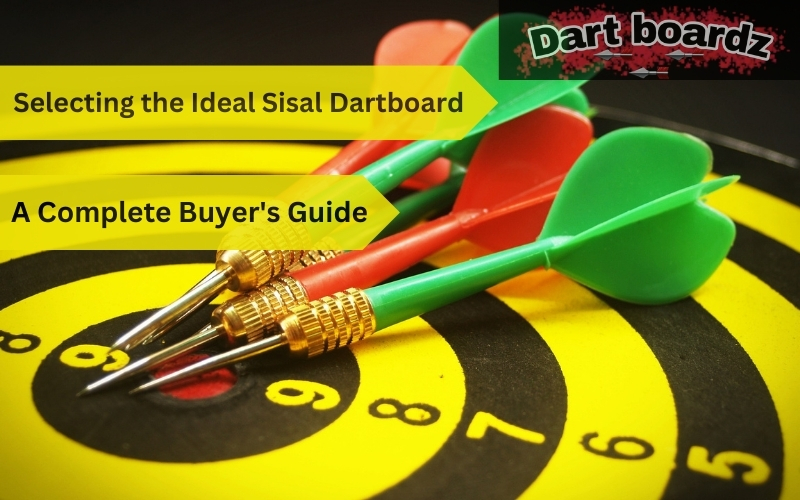Darts, a game rooted in both skill and strategy, has captured the hearts of millions worldwide. Whether you’re a casual player aiming to improve your accuracy or an aspiring professional seeking mastery, the journey to becoming proficient in darts demands dedication and practice.
In this comprehensive guide, we’ll delve deep into every aspect of the game, offering insights and techniques to help you consistently hit the bullseye and elevate your darts board game to new heights.
Understanding the Basics
At the heart of the darts board game lies a simple yet intricate setup that forms the foundation of game play:
The Darts Board:
A standard darts board features 20 numbered sections arranged in a circular pattern, each with its own point value. The highest-scoring area is the bullseye, divided into the inner bullseye (worth 50 points) and the outer bullseye (worth 25 points).
Throwing Technique:
Mastering the art of throwing a dart involves finding the optimal grip, stance, and release technique. It’s crucial to maintain consistency in these aspects to achieve accurate throws consistently.
Scoring:
Points are awarded based on where the dart lands on the board. The outer ring of each numbered section doubles the segment’s value, while the inner ring triples it. The bullseye, located at the center of the board, offers the highest point values. Learn more about maximizing points and understanding dartboard scoring strategies.
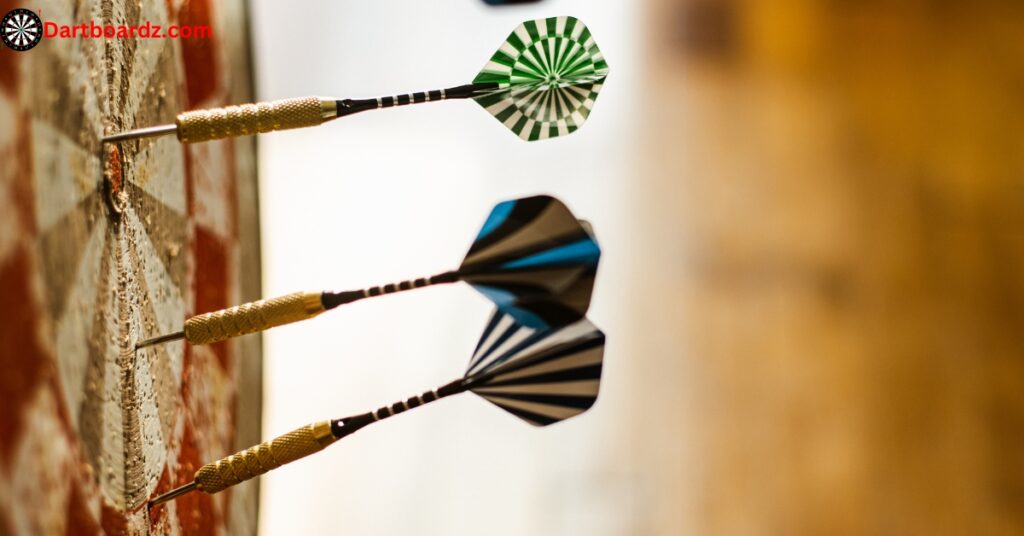
Mastering Accuracy and Precision
The key to success in darts lies in honing your accuracy and precision. Here are some techniques to help you improve your aim:
Focus on the Target:
Keep your eyes fixed on the specific segment of the board you’re aiming for throughout the throw. Visualizing your target can help enhance your accuracy and consistency.
Find Your Stance:
Experiment with different stances and throwing angles to discover what works best for you. Whether it’s a straight-on stance or a slight angle, finding a comfortable and stable stance is essential for consistent throws.
Practice Regularly:
Consistent practice is paramount in improving your darts skills. Set aside dedicated time for practice sessions, focusing on different aspects of your game, such as aiming for specific targets or refining your release technique.
Controlled Release:
Aim for a smooth and controlled release of the dart, avoiding any sudden or jerky movements. Practice releasing the dart with consistent force and follow-through to achieve more accurate throws.
Strategic Game play
Beyond accuracy, strategic game play can give you a competitive edge on the darts board.

Consider the following strategies
Scoring Strategy:
Develop a scoring strategy based on your skill level and playing style. Aim to maximize points by targeting high-value segments while minimizing the risk of missing and losing points.
Finish Techniques:
Familiarize yourself with common finish techniques, such as aiming for specific combinations of numbers to reach zero and win the game. Practicing different checkout options can improve your decision-making skills during games.
Mindset and Confidence:
Cultivate a positive mindset and confidence in your abilities as a player. Visualization techniques can help boost confidence and focus, especially during high-pressure situations.
Adaptability:
Be adaptable and flexible in your game play, adjusting your strategy based on factors such as your opponent’s skill level, the game format, and scoring opportunities. Being able to adapt to different situations can make you a more formidable opponent.
Equipment and Maintenance
Investing in quality darts equipment and maintaining it properly is essential for peak performance:
Choosing the Right Darts:
Experiment with different dart weights, shapes, and grips to find the ones that suit your throwing style and preferences. The right set of darts can significantly impact your accuracy and comfort on the board.
Maintaining the Board:
Regularly rotate and clean the darts board to prevent excessive wear and ensure optimal playing conditions. Replace worn-out boards and sharpen dull dart points as needed to maintain consistency in your throws.
Accessories:
Consider investing in accessories such as dart cases, flights, and shafts to protect and customize your darts equipment. These accessories can enhance both the aesthetics and functionality of your gear.
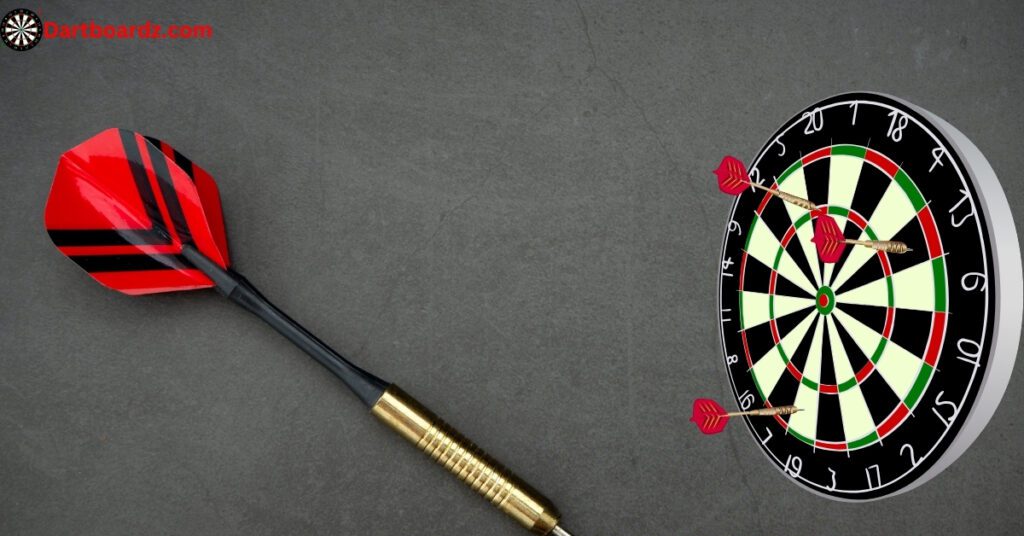
Participating in Competitions and Leagues
For those looking to take their darts game to the next level, participating in competitions and leagues can provide valuable experience and opportunities for growth:
Local Clubs and Leagues:
Joining local darts board clubs or leagues is a great way to connect with other players, participate in organized events, and improve your skills through friendly competition. These clubs often offer opportunities for players of all skill levels to compete and socialize.
Tournaments:
Competing in darts board tournaments at various levels, from local competitions to national and international events, can test your abilities and challenge you to improve. Tournaments provide a competitive environment where you can measure your skills against other players and gain valuable experience.
Online Communities:
Engage with online darts board communities and forums to share tips, strategies, and experiences with fellow enthusiasts from around the world. These communities offer opportunities to learn from experienced players, discuss tactics, and stay updated on the latest developments in the world of darts.
Conclusion
Mastering the darts board game is a journey that requires patience, dedication, and a commitment to continuous improvement. By understanding the basics, honing your accuracy and precision, developing strategic game play skills, and participating in competitions and leagues, you can unlock your full potential as a darts board player and consistently hit the bullseye with confidence.
Remember, success in darts board, like any sport, comes not only from talent but also from hard work, perseverance, and a passion for the game. So pick up your darts, practice diligently, and aim for the bullseye – success awaits!
What is the standard distance for throwing darts?
The standard distance for throwing darts is 7 feet 9.25 inches (2.37 meters) from the front of the board to the oche, or throw line. However, this distance may vary slightly depending on local league or tournament regulations.
How do I choose the right weight and style of darts board for my game?
Selecting the right weight and style of darts board depends on personal preference and throwing technique. It’s recommended to try different weights and grips to find what feels most comfortable and balanced for your throwing style. Generally, lighter darts offer more speed and control, while heavier darts board provide stability and power.
What are some common strategies for improving accuracy in darts?
Some common strategies for improving accuracy in darts board include focusing on the target, maintaining a consistent throwing technique, practicing regularly to develop muscle memory, and visualizing successful throws. Additionally, experimenting with different stances and release techniques can help fine-tune your accuracy over time.
How do I prevent dartboard wear and maintain my equipment?
To prevent dartboard wear, it’s essential to rotate the board regularly to distribute the impact evenly across the surface. Additionally, avoid using excessively sharp or rough-tipped darts that can cause premature damage. To maintain your equipment, clean the dartboard surface and replace worn-out boards or damaged darts board as needed.
What are some recommended drills or exercises for improving darts skills?
There are several drills and exercises that can help improve darts board skills, such as aiming for specific target areas on the board, practicing different finish combinations to reach zero, and playing competitive games against opponents of varying skill levels. Additionally, focusing on consistency and accuracy during practice sessions can lead to noticeable improvements over time.
